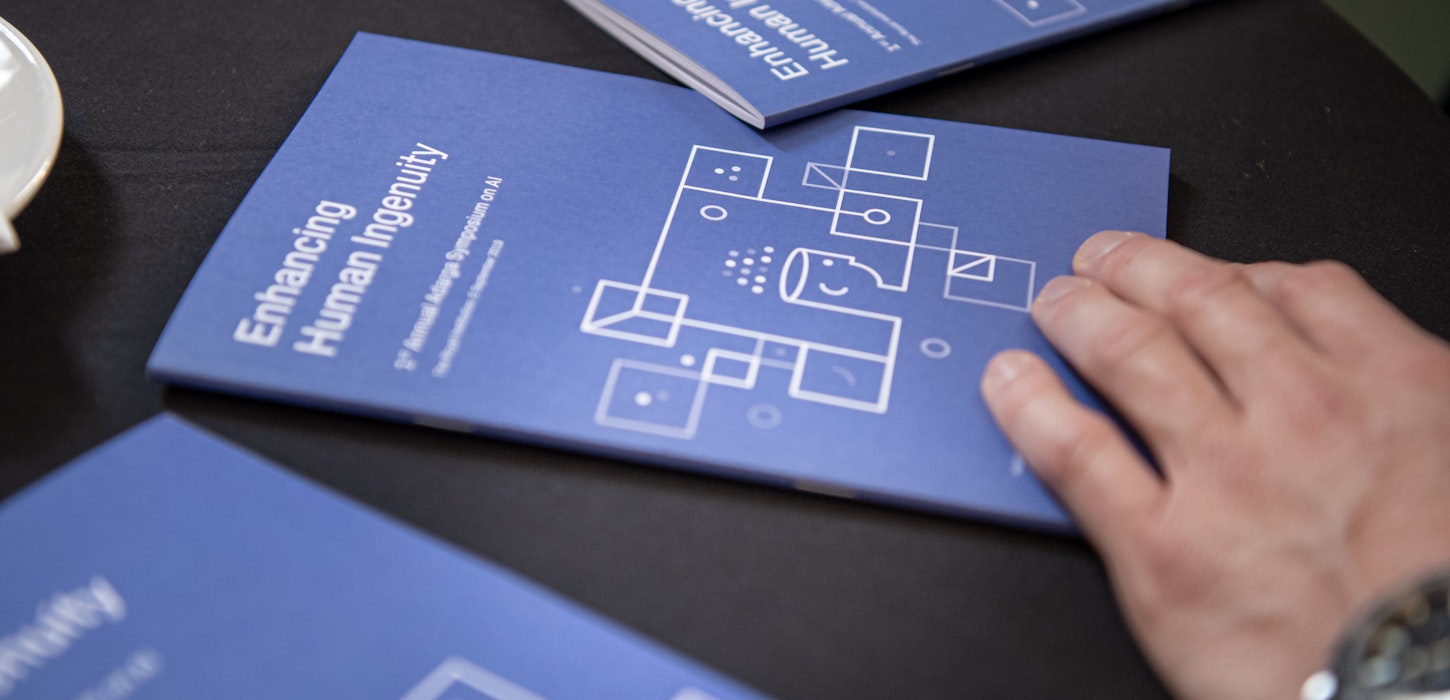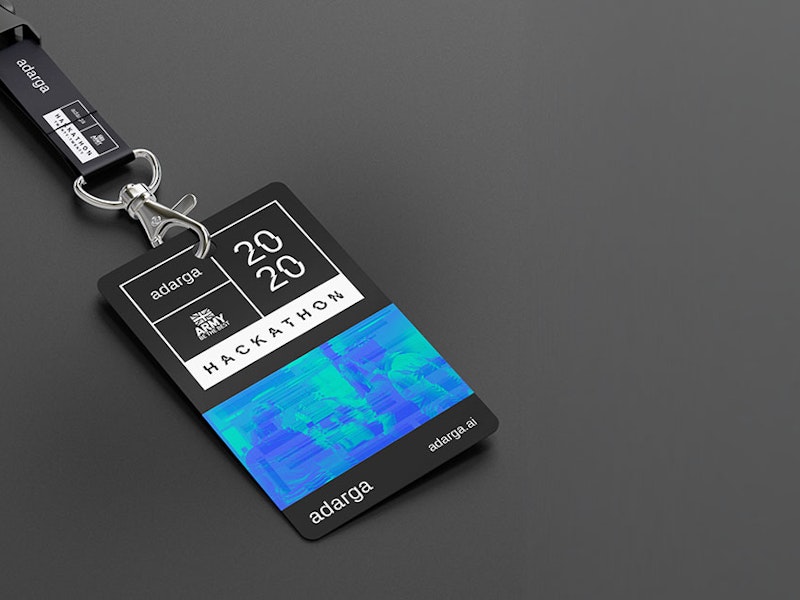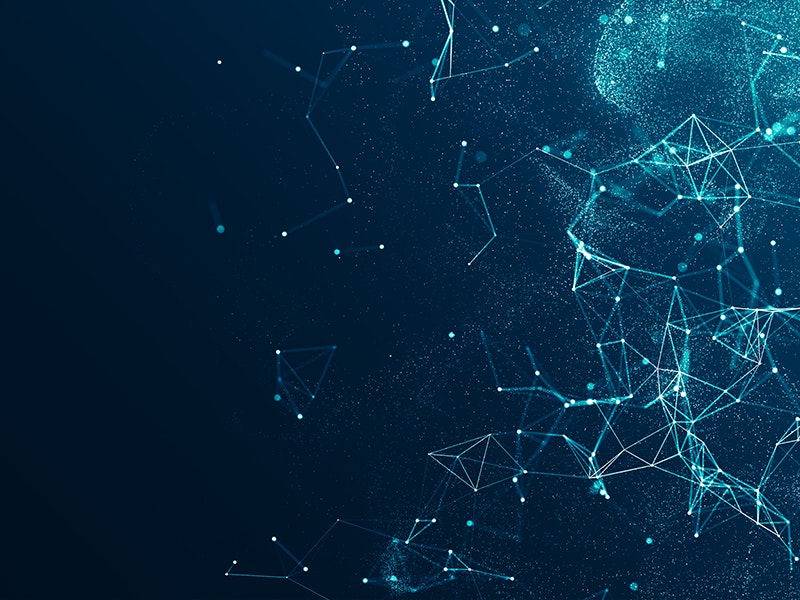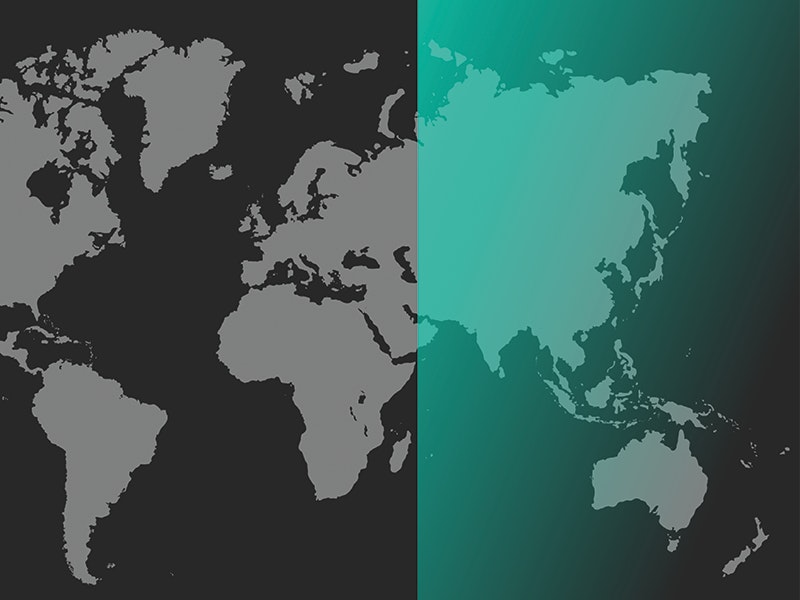
Success with AI is a Partnership
This is the first of a series of articles from our event, Enhancing Human Ingenuity, which took place earlier this month. Adarga CTO Jason Atlas explores the boundaries, possibilities and partnerships offered by AI.
There are two AI narratives that have entrenched themselves into contemporary technology culture. The first is that AI will solve everything. It is almost magic. Do you have a problem? AI will solve it for you! Soon, humans won’t be necessary. AI will do it better! If you need to analyse something, just plug in an algorithm and voila! The answers are miraculously displayed. Heck, once you get this magic set up and running, handed off from a mystical team of software engineers and data scientists, all the problems in your business will simply disappear: you will identify all the bad guys; you will have seamless logistics; you will reduce you extraneous spend by 99%; you will cure cancer; find aliens; and solve aging. This is the theory of the “Master Algorithm” where AI can solve all problems envisioned by humans. Not only is anything possible but EVERYTHING is possible!
The other narrative is its absolute counter. That the promises of AI are vastly overblown. The industry view that the majority of applications and services where business is promised miracles and have spent huge amounts of time and money have had very limited returns is prevalent. Recent evidence has already demonstrated that targeted advertising is no more effective than contextual advertising. 2018 saw the publication of the first list of “AI Failures”, which highlighted such headline blunders as: the total failure of AI to predict the outcome of the 2018 World Cup; the strong gender bias of AI-powered recruiting software; and the fatalities caused by driverless cars.
Me? I think of AI like the computer Deep Thought in Hitchhiker’s Guide to the Galaxy. Billions of dollars. The collective intelligence of humanity contributing to this massively intelligent system. And the answer it gives? Well it is almost indecipherable! People found that it did not just give them a blueprint to solve all our collective problems. It gave them a path to knowledge.
This is analogous to AI in the modern world of computing. We spend thousands and thousands of hours researching, hypothesising, experimenting, testing, and re-calibrating, until we feel we have achieved a level of speed and accuracy needed to address the needs of the government or a business. These systems are meant to provide intelligence. It is NOT the direct answer to all your needs with no work. We have not achieved magic yet. There is no Oracle of Delphi. What we have is an intermediary step in the journey to eventual real emerging consciousness and artificial intelligence.
We are at the stage where what AI can do is broad stroke intelligence, problem solving and complexity space, and to make the massive amounts of noise into a signal that the human can leverage. The key here is complexity. On simple things, AI can, indeed, do many things with little human intervention. When the level of complexity increases human beings are still key. The AI can make what is seen, done, and actioned by that human vastly more impactful. Together we can allow each of you to become more accurate, faster, and working with many more sources and types of information than you could otherwise even hope to. Together we can make sense of all of this overwhelming data to turn this into opportunities that were previously impossible.
Buckminster Fuller created the “Knowledge Doubling Curve”; he noticed that until 1900 human knowledge doubled approximately every century. By the end of World War II knowledge was doubling every 25 years. Today things are not as simple as different types of knowledge have different rates of growth. For example, nanotechnology knowledge is doubling every two years and clinical knowledge every 18 months. But on average human knowledge is doubling every 13 months. That is insane!
But this is what AI excels at. A great AI system, leveraging intelligence design engineering is capable of taking this vast amount of data – or noise – and produce from it a signal that means something to a person. The fact is, with this much information, it is just not possible for any person, or even collection of people, to process, understand and act on all this information. Modern computing systems leveraging AI is the tool humans have chosen to address this reality. For AI and data systems, in partnership with a trained analyst can enable that person to do things that would not be vaguely possible. We can find patterns that would be impossible otherwise. We can find anomalies, we can discover threats, risks, opportunities and areas for future research. Together we are able to make faster, more informed decisions. We can eliminate ambiguity. We can discover behaviours otherwise thought impossible, we can get into the minds of the people we are engaging with as customers or targets.
And we are just beginning. It will require the best human analysts and subject matter experts, working in conjunction with innovative engineering and data science companies to succeed. Working together we are unlocking capabilities that have never been possible at scales never imagined. There are no miracles, but there is tremendous promise. Join us on this journey.









